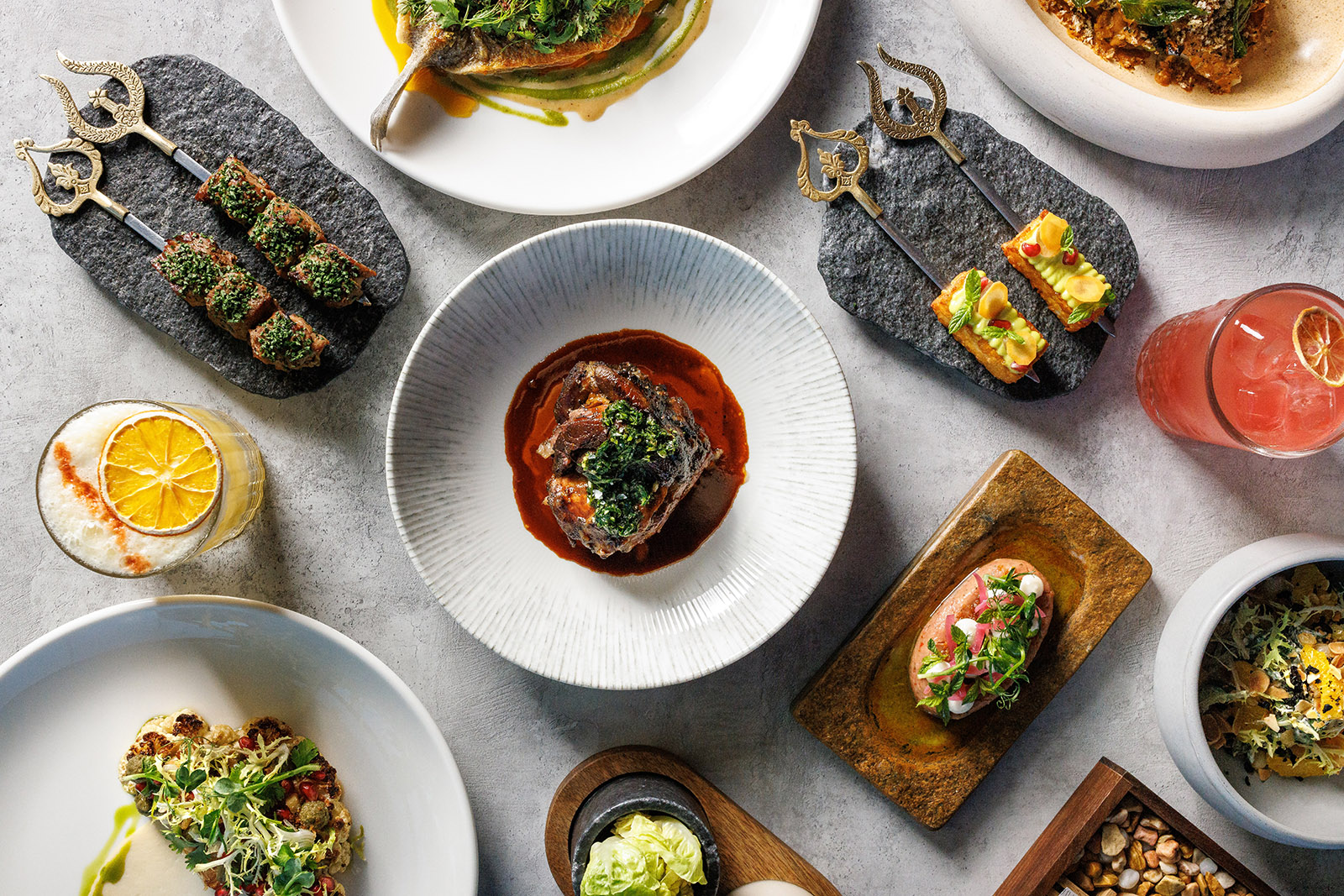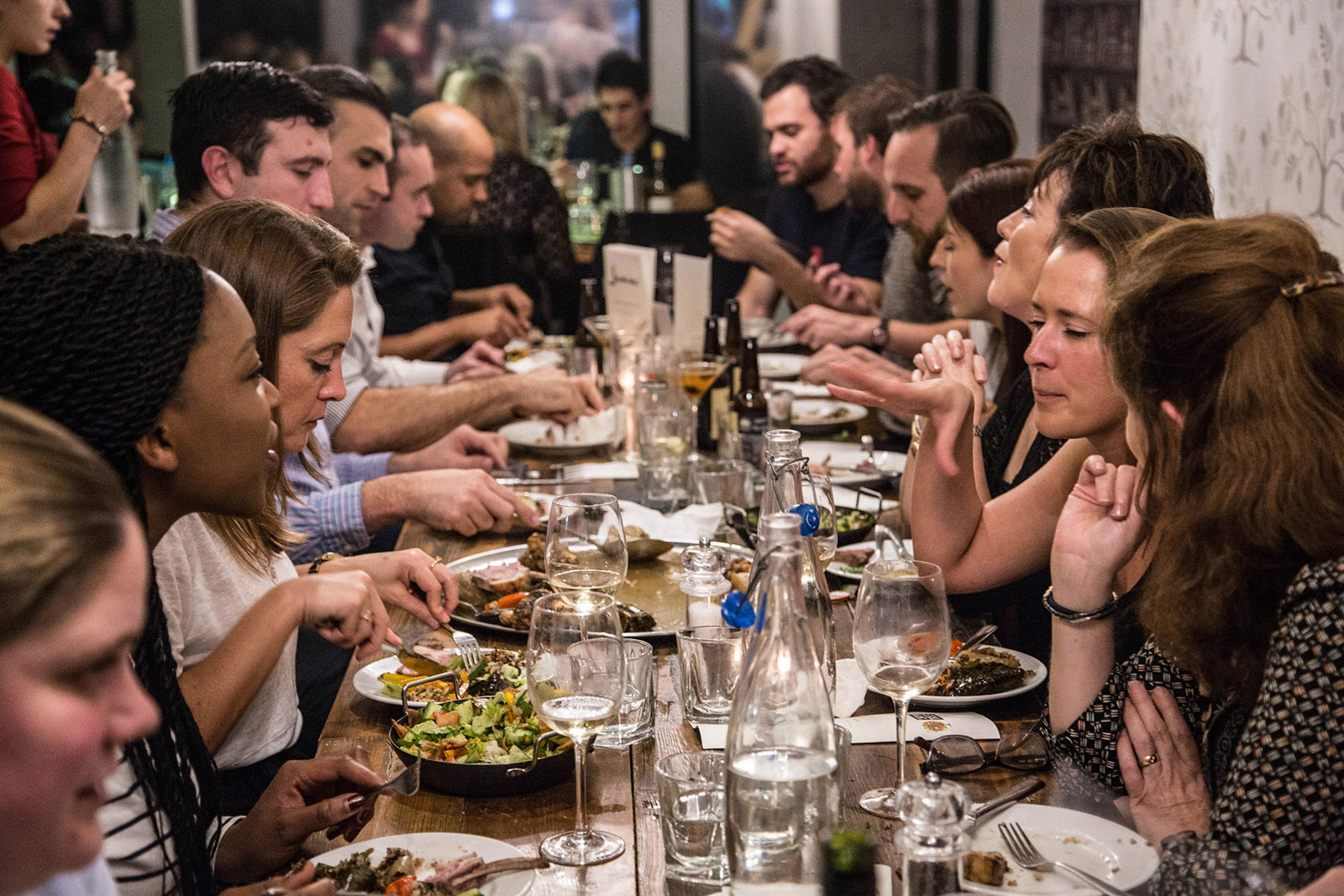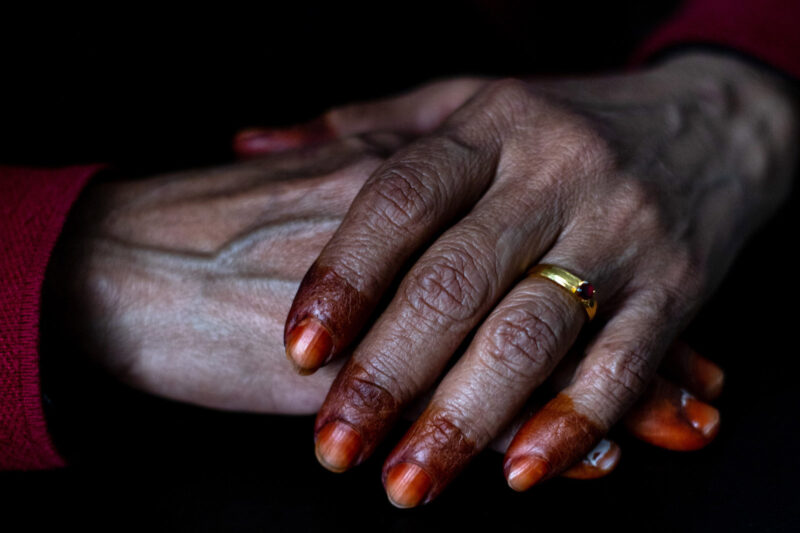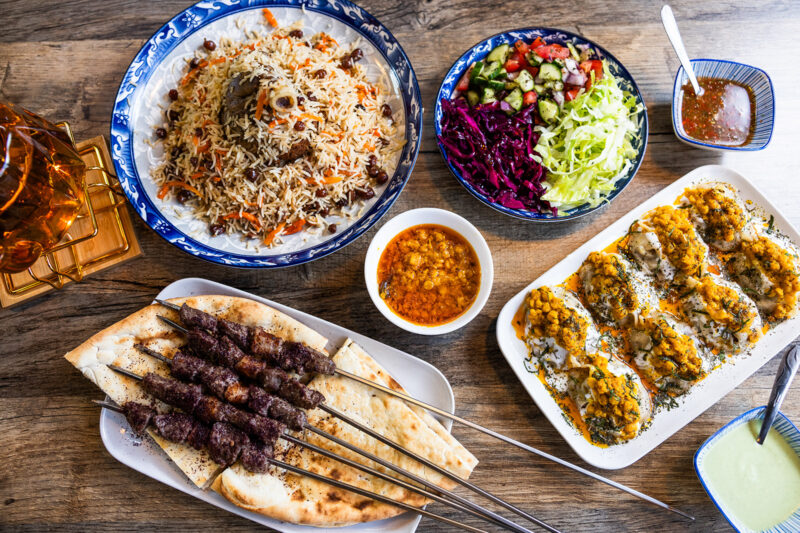Jordan’s fine-dining scene takes a seat at the awards table

For years, international plaudits have been reserved for the high-end restaurants of Beirut and the Gulf. Now a new contender is cooking up its own storm
Back in 2015, I moved to Amman, the capital of Jordan, for three years. Ever since, I’ve been telling everyone just how undersung it is as a food destination.
While the cuisines of neighbouring Iraq, Syria, Saudi Arabia and Palestine are known and loved around the world, the Hashemite Kingdom remains widely ignored. A quick Google search for “Jordanian restaurants in the UK” proves my point: a sorry set of results including one small cafe — Little Petra in Cambridge — and a confusion of north African and decidedly non-Jordanian Levantine establishments.
From the vibrant starters and salads of Syria and Lebanon to the dried lime-infused stews of Iraq, signature Palestinian dishes such as maqluba and chicken musakhan, and the aromatic rice platters of Saudi Arabia, the cooking styles and techniques of adjacent countries have all become part of Jordan’s own distinctive food culture.
Related content
Now, that blend of Mediterranean freshness and warm Khaleeji spice is being elevated by a growing number of Amman-based chefs. In years past, a place on the prestigious Middle East and north Africa (Mena) 50 best restaurants list was an honour largely reserved for the upscale eateries of Beirut, Dubai and the wider Gulf region, but the 2025 edition includes six Jordanian entries.
On a recent trip to Amman, I returned some longstanding favourites. After all, no visit is complete without a seat at Shams El Balad for qallayeh — a hearty breakfast of slow-roasted tomatoes, garlic, olive oil and thyme — and freshly baked bread, or dinner at Fakhreldin, famous for its standout kibbeh nayyeh and impeccable mezzes. I also checked out some of the new restaurants pushing the country’s fine-dining scene into the global spotlight. Here are my best three moments.
Alee
Opened by chef Ali Ghzawi in 2022, this sleek yet welcoming space sits at the top of one of Amman’s seven hills and offers panoramic views of the ancient citadel. Ghzawi’s reimaginings of classic Jordanian dishes have earned Alee 13th place on the 2025 Mena 50 Best Restaurants list.
At brunch, the manakish (£5 — one Jordanian dinar is worth just over one pound sterling) was an early winner. Its pillowy charred crust paid clear homage to Neapolitan pizza and came topped with rich labneh from the historic city of Jerash and fragrant za’atar drenched in cold-pressed local olive oil. Ghzawi’s take on batata harra (£8) — a staple of lightly spiced fried potato — was mixed tableside for freshness, featuring yielding fried cubes and crispy shavings topped with a zingy fermented green chilli shatta.
In a country that makes outrageously good falafel, I was sceptical that Alee’s upmarket version (£4) could improve on those of a thousand roadside vendors. Fried to a deep bronze and served with a parsley yoghurt sauce, their crisp shell gave way to an interior so packed with herbs that all my doubts immediately crumbled. Now, I can’t wait to go back for the full dinner menu.
Dara Dining by Sara Aqel
Dara Dining, the highest new entry for 2025 at 18th place, is set in a beautifully restored villa in the bustling heart of Amman. Its airy glass extension overlooks a lushly Mediterranean outdoor seating area that telegraphs the bright flavours on offer.
Launched by chef Sara Aqel in 2023, the emphasis is on changing seasonal produce. One constant is the Italian thread that runs through all its dishes. The first thing that jumped out to me was the basil, shatta and sujuk pizza (£13). My instincts proved correct. The warm spice of the sujuk and the pop of the shatta-infused tomato sauce balanced beautifully with the basil and salty smoked sharkasieh cheese. As every aficionado knows, the foundation of a good pizza is the crust. This 72-hour fermented dough would have made even the most territorial Neapolitan happy.
Related content
The fish of the day in vine leaves (£20) served with garlic and lemon gnocchi, capers and grapes was something I couldn’t pass up either. Opening the herbaceous casing revealed a fillet that was succulent, flaky and all-round perfect, while the tang of the leaves was offset by the sweetness of cool fresh grapes.
My favourite moment, however, was dessert. An unbelievably light and fluffy olive oil cake (£8) came topped with sweet frosting and soft-serve ice-cream, but the addition of roasted pistachios and an extra glug of oil provided a transcendent salty edge. I’m still not quite sure why this simple combination worked so well, but it’s an absolute must-order.
Sufra
Ten years ago, I visited Sufra — 20th on the 2025 list — for the first time. It has been one of my favourite restaurants in the world ever since. Set in an early 20th-century villa in the modest neighbourhood of Jabal Amman, the exterior is draped with bright pink bougainvillea. Inside, heritage tiles and earthy tones make for a warm atmosphere, but the garden courtyard and Damascene fountain provide the real charm.
On my recent return, I was delighted to find Sufra’s effortless romanticism and the quality of its food unchanged. To start, I opted for the kibdeh (£6) — chicken livers doused in tart pomegranate molasses — accompanied by cloud-like fresh pitta. Then came the star of the show. Mansaf (£16.50) is Jordan’s national dish of lamb, cooked in a sauce made of a fermented dried yoghurt known as jameed, over rice studded with toasted nuts. Sufra’s is sublime, with meat that fell off the bone and a bowl of jameed sauce to douse the rice. Menu stalwarts including fattoush, hummus, kibbeh and fatteh are also predictably excellent.
Sitting there, sipping my favourite mint lemonade (£3), I hoped that the growing regional recognition of Amman’s restaurant scene might lead to a breakthrough moment for Jordanian food in the UK. Until then, it seems like a little cafe in Cambridge will have to carry the culinary reputation of an entire nation on its shoulders.
 Newsletter
Newsletter















